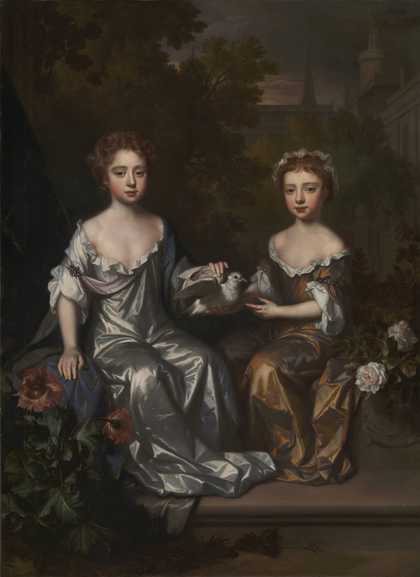Biography
Willem Wissing, known in England as William Wissing (1656 – 10 September 1687), was a Dutch portrait artist who worked in England.
This biography is from Wikipedia under an Attribution-ShareAlike Creative Commons License. Spotted a problem? Let us know.
Read full Wikipedia entry

